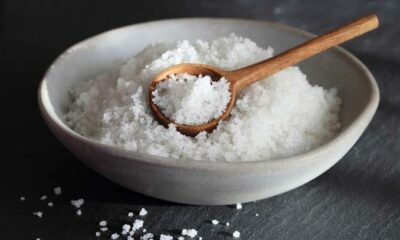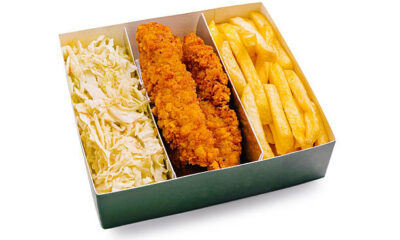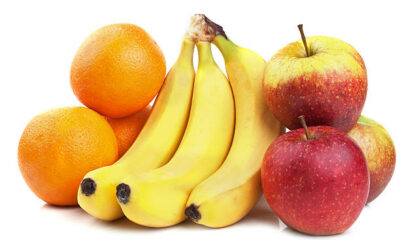Health
The Hidden Health Risk of Energy Drinks
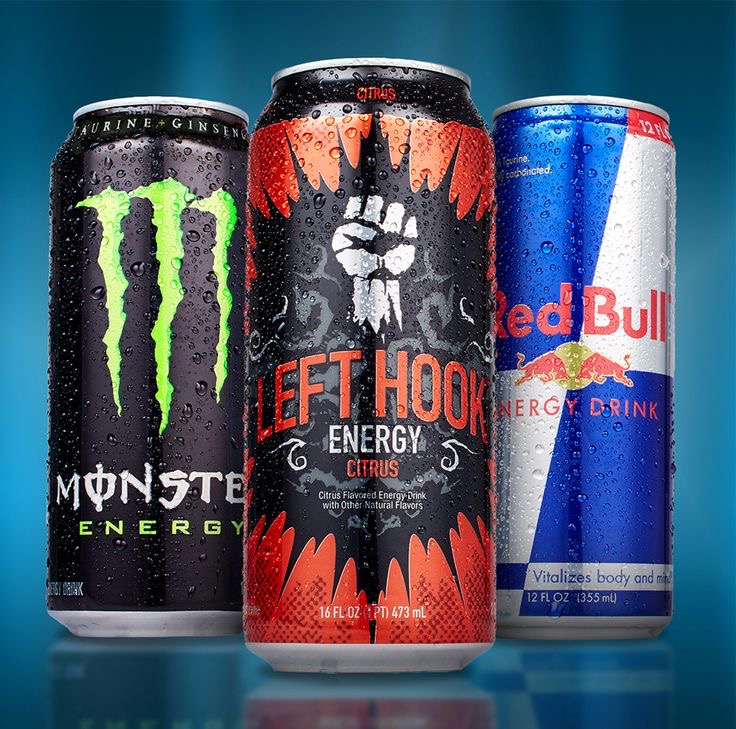
Energy drinks are now the new soft drink, aside from the facts that it’s used to help you stay awake through a study night session, active for your daily activities, gives instant energy. Some people now consume it because of how it makes them feel or the sweetness like it’s a regular beverage not knowing the dangers that comes with consuming it often.
What is Really Inside That Can?
Energy drinks are often packed with caffeine — and not just a regular amount, a single can contains more caffeine than two cups of coffee. It’s also mixed with sugar, guarana, taurine, and other “boosting” ingredients. The mix might make you feel energized for a while, but what comes after isn’t always so fun.
The Health Side Effects
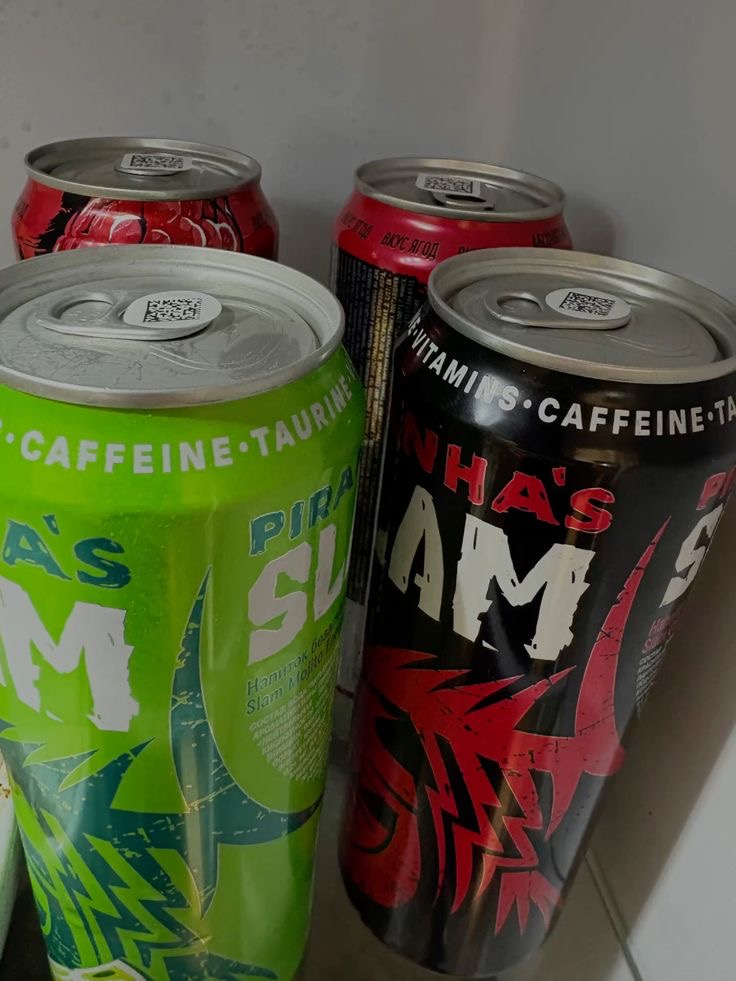
They can increase your heart rate and blood pressure, leading to heart related complications especially if you drink them often. Some people even report feeling jittery, anxious, or dizzy after just one can. Worst part is that it not only affects your heart, your kidneys are also at risk. The high amount of sodium and caffeine can lead to formation of kidney stones.
It can also disrupt your sleep pattern. You might think you’re just staying awake for now, but those drinks can cause insomnia, making it harder to fall asleep later — and that leads to more fatigue in the long run.
Also, the amount of sugar. Many energy drinks are loaded with it. Too much sugar increases the risk of Type 2 diabetes, weight gain, insulin resistance, and breakouts — not to talk of that mid-day crash when the sugar high fades.
Who is at higher risk?
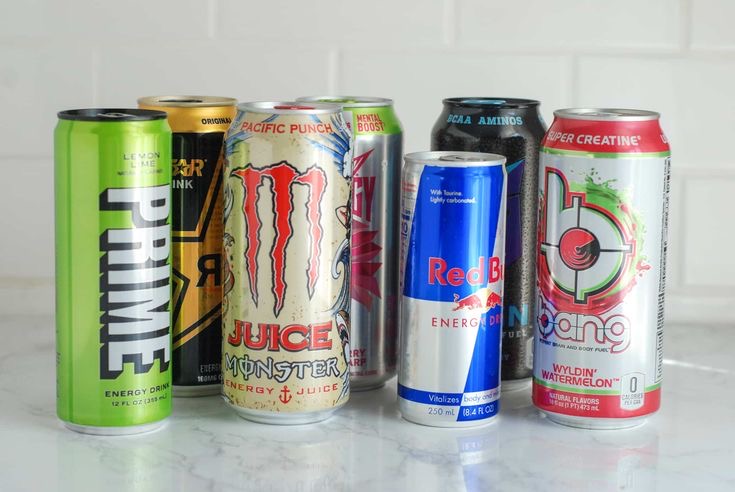
If you have high blood pressure, heart related problems, anxiety, or trouble sleeping, energy drinks are definitely not your friend. Teens, especially students who often make use of energy drinks to keep them awake for studying and young adults, are more at risk because their bodies respond faster to stimulants — and that can be dangerous if taken in large amounts or mixed with alcohol.
Are There Safer Alternatives?
There are a few habits that can help you stay alert and active throughout the day;
• Drink more water. Dehydration is often mistaken for tiredness.
• Snack on fruits like bananas or apples. Natural sugars provide good energy.
• Get quality sleep
• Try smoothies with oats, nuts, or dates.
• Engage in daily exercise
• Stay away from junks and incorporate veggies into your diet. The body needs a healthy diet to function well
Final Thoughts
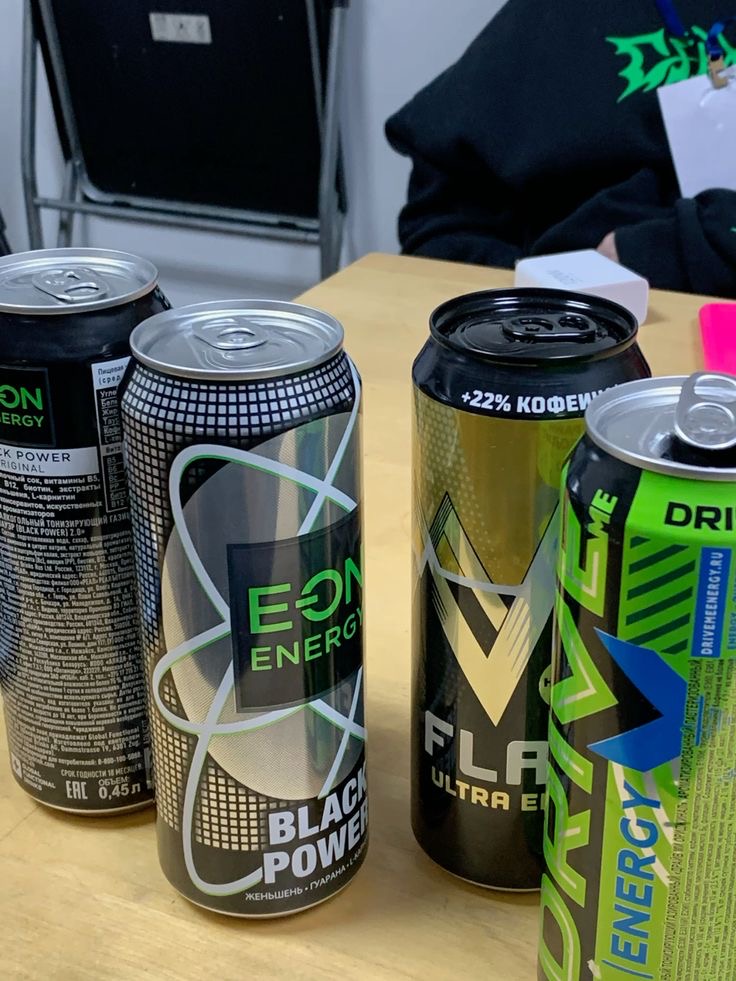
Energy drinks might seem like a quick fix, but over time, the risks often outweigh the benefits. Think about the aftermath of your decision, it’s not worth that little extra energy you get from it. Your body doesn’t need a temporary surge of energy — it needs real fuel. So next time you feel drained, pause and think: “What does my body actually need?” You might just be tired, dehydrated, or in need of rest — not another can of buzz.
So, are you team energy drink? Let us know your take below.
Health
Disordered Eating Vs. Eating Disorder: Experts Explain The Differences And When To Seek Help

Disordered eating and clinical eating disorders are not interchangeable. Disordered eating refers to irregular or emotionally influenced habits around food: chronic dieting, skipping meals, rigid food rules, occasional binge episodes or persistent preoccupation with calories, weight or body shape. These habits may shift, but when repeated over time they often point to growing vulnerability.
Clinical eating disorders, by contrast, are diagnosed mental-health or medical conditions marked by persistent, patterned behaviours that impair physical health, mental wellbeing or daily functioning. Conditions such as anorexia nervosa, bulimia nervosa, binge‑eating disorder and other specified feeding or eating disorders fall into this category.

Image: Google
Evidence from Nigerian research confirms that disordered eating attitudes and risk for eating disorders are present among young adults and adolescents. In a study of more than 1,050 undergraduates from two higher‑education institutions in Lagos, roughly 16 percent scored positive on the EAT‑26 screening tool for disordered eating attitudes.
At a university in Ile‑Ife, a survey of female undergraduates found that 17.1 percent were classified as at high risk for eating disorders, based on the same screening instrument.
A more recent analysis among female undergraduates in Lagos found a lower prevalence of disordered eating (about 5 percent). Still, the study flagged a strong association between body-image dissatisfaction, body‑mass index (BMI) and disordered eating attitudes.
Adolescents are not exempt: a survey of 13 to 19-year-olds in Ibadan used screening tools to assess disordered eating behaviours and feeding/eating disorders. Results showed that 28.2 percent exhibited disordered eating behaviours, and a significant portion also met screening criteria for feeding/eating disorders.

Image credit: Google
Clinical, clearly diagnosed cases have also been documented. There’s a recorded instance of a 20-year-old undergraduate at a Nigerian university diagnosed with anorexia nervosa showing that what may start as dieting or food anxiety can escalate into serious health and psychiatric risk.
Because disordered eating and eating disorders exist within the Nigerian context, distinguishing between them matters. Persistent preoccupation with food, weight or body shape; regular dieting, bingeing or purging; emotional distress tied to eating; and disruption of everyday life are all red flags. When those signs persist, seeking professional support whether nutritional counselling, psychological therapy or medical care becomes essential.
Health
The Exercise That Keeps You Younger
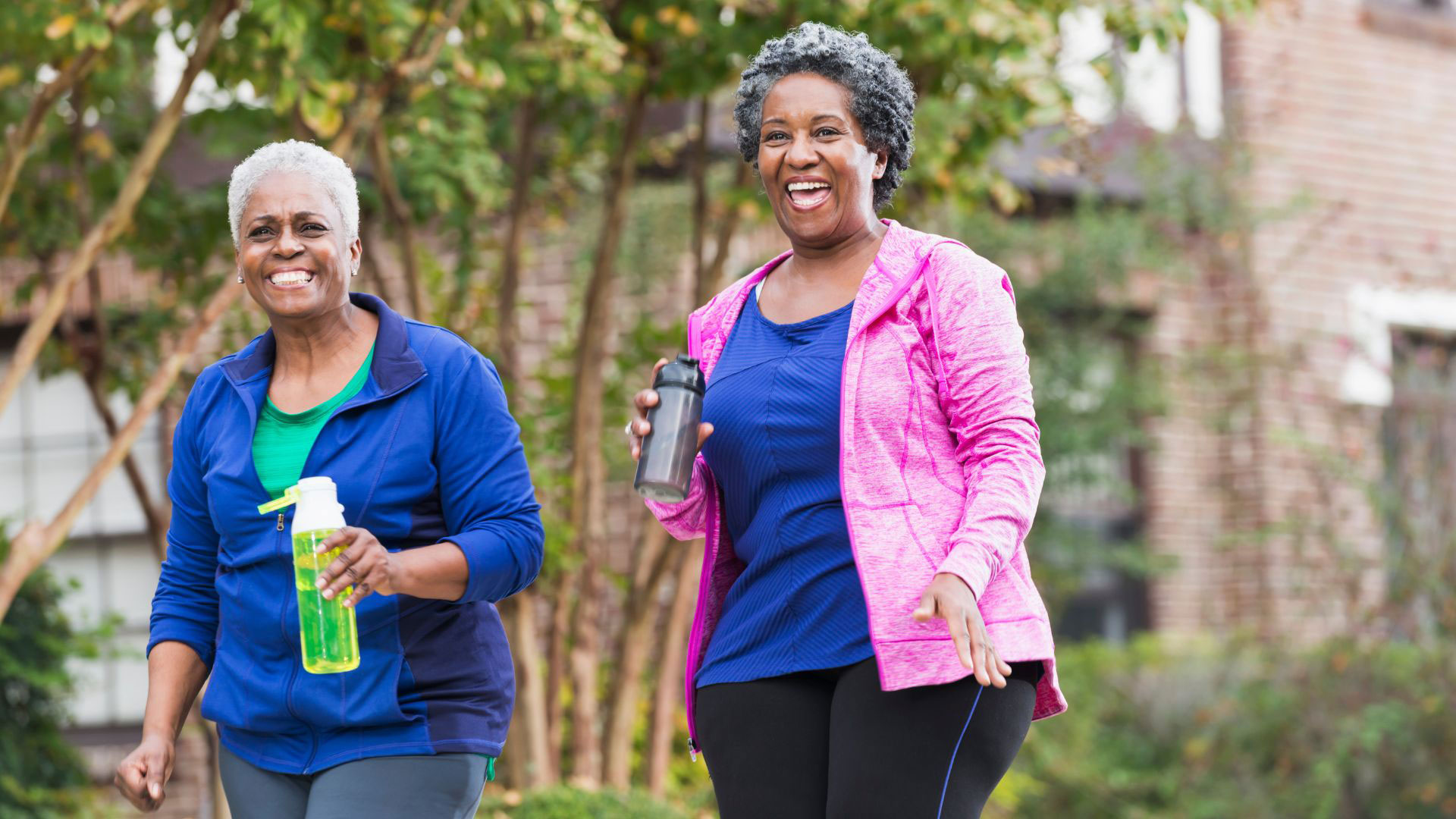
If you’ve ever met someone in their fifties who moves like they’re still in their twenties, it’s likely they’ve discovered the simple habit that keeps the body from giving in to age: regular movement.

While fitness trends keep changing, one form of exercise has stayed constant in its benefits: strength training. It’s not about building bulky muscles or chasing a perfect body. It’s about keeping your bones strong, your joints stable, and your metabolism from slowing down. After the age of 30, the body naturally begins to lose muscle each year. That’s why everyday tasks, like climbing stairs or carrying groceries, start to feel heavier. Strength training helps reverse that.

Research supports this claim. People who lift weights or engage in resistance exercises have lower risks of diabetes, heart disease, and cognitive decline. But beyond the science, it’s about how it makes you feel. Nigerians juggling work, traffic, and family life know how draining each day can be. Even short sessions of body-weight squats, lunges, or push-ups a few times a week can recharge you better than most expensive wellness fads.

It also boosts your mood. Physical activity releases chemicals that help clear mental fog and lift your energy. It’s your body’s way of proving it still has strength to give.
You don’t need a gym to start. A mat, a pair of dumbbells, or even two water bottles will do. The goal is to stay consistent, to keep your body active enough to stay responsive.
Each push, lift, or stretch is a reminder that staying young isn’t about denying age; it’s about moving through it with strength.
Health
Which Fruits Are Highest in Calcium?

When it comes to calcium, most people immediately think of milk, cheese, or yoghurt. But if you don’t consume dairy or just want variety, certain fruits can help fill the gap. While they won’t match dairy in calcium content, these fruits can contribute meaningfully to your daily needs.
Why Calcium Matters
Calcium isn’t just for strong bones and teeth. It also keeps muscles working properly, supports nerve function, and helps maintain a steady heartbeat. A consistent intake is essential at every stage of life, especially for growing children, women over 30, and older adults who face higher risks of bone loss. Here are some fruits that deliver calcium
Oranges
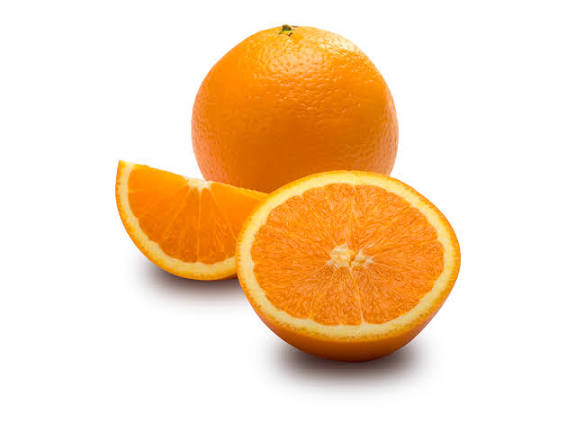
Oranges are widely available in Nigeria and more than just a source of vitamin C. A medium-sized orange contains around 60 mg of calcium, and fresh juice, particularly fortified versions, can provide even more.
Figs (Fresh and Dried)
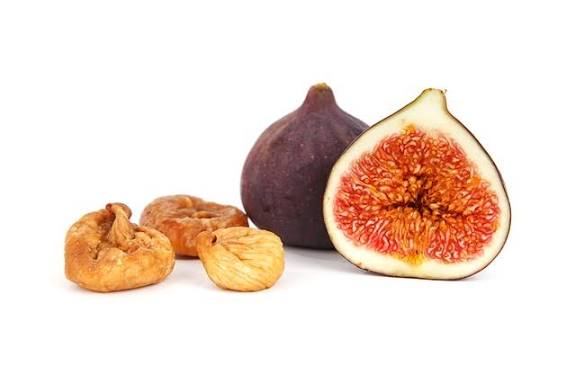
Figs are among the top fruit sources of calcium. Five fresh figs offer roughly 90 mg, while half a cup of dried figs can reach about 120 mg. They also provide fiber and potassium, making them a wholesome addition to snacks or breakfast bowls.
Blackcurrants

Though less common locally, blackcurrants are worth noting. 100 grams supply about 55 mg of calcium and antioxidants that support overall health.
Kiwis

A cup of sliced kiwis contains approximately 35 mg of calcium. They also provide vitamin C, which helps the body absorb calcium from other foods.
Mulberries
Mulberries contain roughly 39 mg of calcium per 100 grams. They are also rich in iron and vitamin K, both of which work alongside calcium to maintain strong bones.
Papaya (Pawpaw)

Papaya is a staple in Nigerian markets and households. 100 grams provides about 30 mg of calcium. It’s refreshing on its own or paired with a splash of lime for breakfast or snacks.
Tangerines
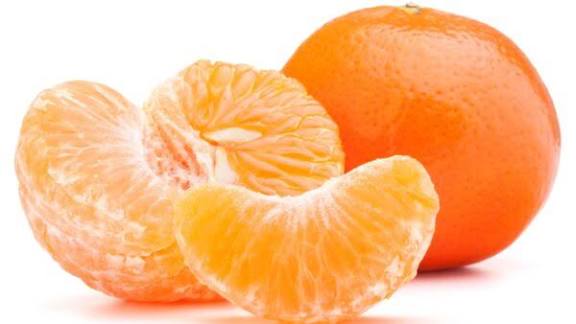
Tangerines contain around 37 mg of calcium each. They are easy to carry, naturally sweet, and a convenient way to get a small calcium boost between meals.
Making Fruits Work for You
Fruits alone won’t meet your daily calcium requirement. However, when combined with vegetables, beans, or fish, they help you get closer without relying solely on dairy. For Nigerians, enjoying seasonal fruits like pawpaw, oranges, or tangerines is a simple and tasty way to support bone health.
-

 Beauty5 months ago
Beauty5 months agoIs There Anything Like Too Many Accessories?
-

 Celebrity News5 months ago
Celebrity News5 months agoToke Makinwa Shares Graceful Pregnancy Reveal
-

 Movies5 months ago
Movies5 months agoTrailer Review: Highest to Lowest
-

 Sex & Relashionships4 months ago
Sex & Relashionships4 months agoSigns You Have Abandonment Issue and How to Heal
-

 Music5 months ago
Music5 months agoKokopee Drops EP ‘All I Need It’s Kokopee
-

 Celebrity News4 months ago
Celebrity News4 months agoAsake Shows off New Hair on Stage
-

 Models5 months ago
Models5 months agoDorothy Anador Celebrates Her Best Self in Birthday Photoshoot
-

 Movies4 months ago
Movies4 months agoMovie Review: Task Official Trailer
-

 Top Xclusiv4 months ago
Top Xclusiv4 months agoItalian Designer Giorgio Armani Dies at 91
-

 Music4 months ago
Music4 months agoAyra Starr – Hot Body Video Review



